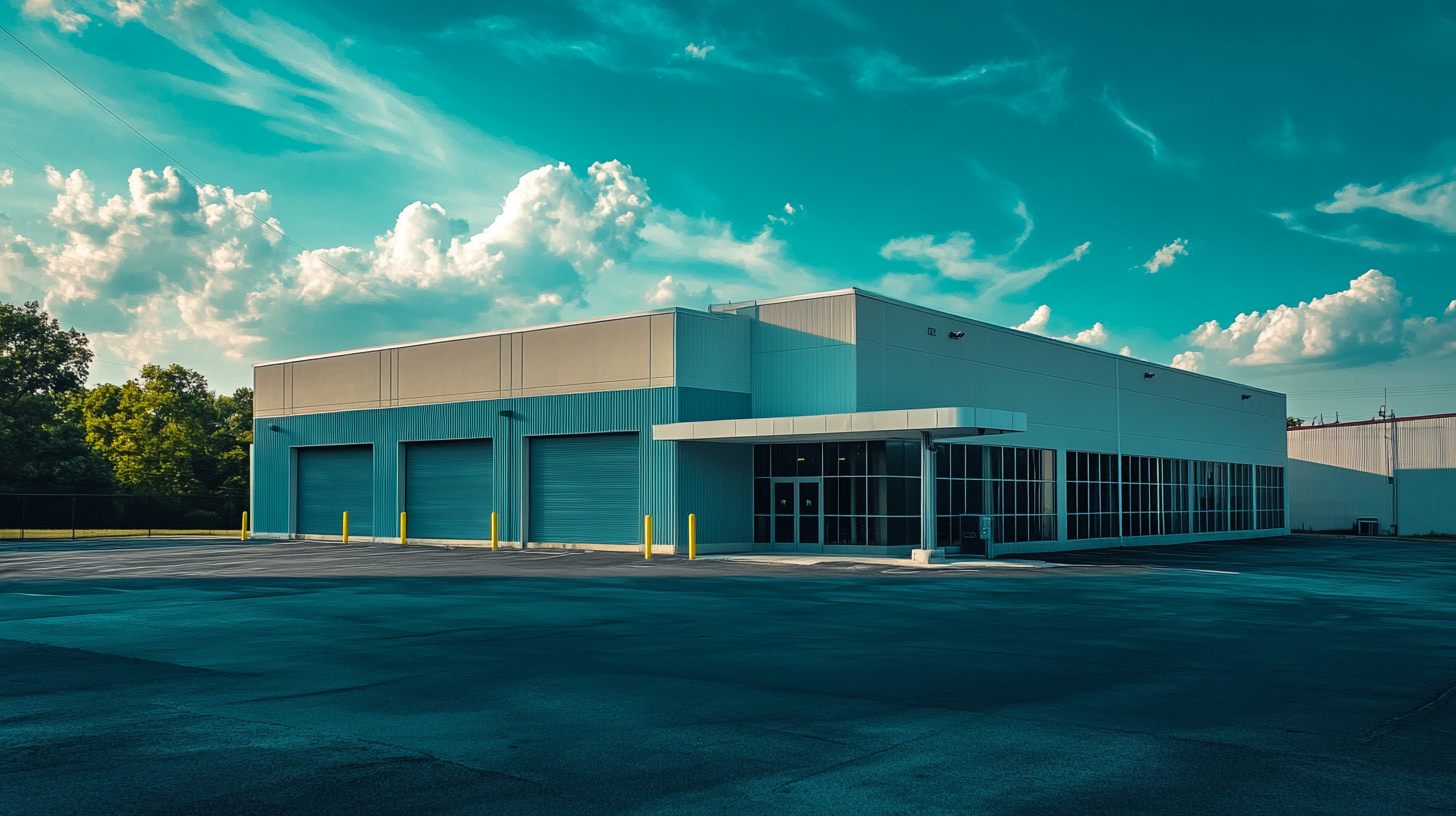When it comes to choosing window coverings, homeowners today have more options than ever before. Among these, smart shades and traditional window coverings are two popular choices. Each type has its own set of features, advantages, and drawbacks. In this article, we’ll explore both options to help you decide which one is the best fit for your home.

Introduction to Smart Shades
Smart shades, also known as motorized shades or remote control blinds, are the latest innovation in window treatments. They offer the convenience of controlling your shades with the push of a button, a smartphone app, or even voice commands through a smart home system. This feature allows you to easily adjust the amount of light and privacy in your home without having to manually pull cords or chains.
Beyond convenience, smart shades are designed to integrate seamlessly into the modern smart home ecosystem. They can be programmed to respond to various triggers, such as the time of day, temperature changes, or even your presence in the room. This level of automation not only enhances comfort but also contributes to a more energy-efficient home environment. Additionally, smart shades are available in a variety of styles and fabrics, ensuring that they can complement any interior design aesthetic.
Key Features of Smart Shades
- Remote Control: You can operate smart shades using a remote control, smartphone app, or voice assistant like Amazon Alexa or Google Assistant. This feature eliminates the need to physically reach your window coverings, making it ideal for hard-to-reach windows or for individuals with mobility challenges.
- Automation: Set schedules for your shades to open or close automatically at specific times of the day. This is particularly useful for simulating occupancy while you’re away, as well as for taking advantage of natural light and heat to regulate indoor conditions.
- Energy Efficiency: Smart shades can help regulate indoor temperature by blocking out heat during summer and retaining warmth during winter, potentially lowering energy bills. By programming your shades to adjust with the sun’s position, you can maximize the efficiency of your heating and cooling systems.
- Enhanced Security: By automating your shades, you can create the appearance of someone being home even when you’re away, deterring potential intruders. This added layer of security can provide peace of mind, particularly when combined with other smart home security systems.
- Integration with Smart Home Systems: Many smart shades can be integrated with other smart home devices for a seamless experience. This allows for complex automation scenarios, such as syncing your shades with your smart lighting or thermostat for optimal energy management.
Benefits of Smart Shades
Smart shades offer a high level of convenience and can be an excellent choice for tech-savvy homeowners looking to modernize their living spaces. Their ability to integrate with other smart devices means they can be part of a holistic smart home strategy, enhancing overall functionality and comfort. They are especially beneficial for large or hard-to-reach windows where manual operation would be cumbersome. Moreover, the ability to automate and customize settings can lead to significant energy savings over time, making them not just a luxury, but also a practical investment.
Drawbacks of Smart Shades
While smart shades offer many benefits, they do come with some drawbacks:
- Cost: Smart shades are generally more expensive than traditional window coverings due to their advanced technology. This initial investment can be a barrier for some homeowners, although potential energy savings can offset costs over time.
- Installation: Professional installation may be required, adding to the overall cost. The complexity of setting up smart home integration may also necessitate technical support, which could be an additional expense.
- Dependence on Technology: Since smart shades rely on technology, they may require updates and can be subject to technical issues or malfunctions. This dependency means that power outages or connectivity issues could temporarily disrupt their operation, which might be a concern for some users.

Traditional Window Coverings
Traditional window coverings, such as curtains, blinds, and shutters, have been around for decades and continue to be a popular choice for many homeowners. They offer a classic look and come in a wide variety of materials, colors, and styles. These options provide a timeless appeal that can be customized to match any interior decor, from minimalist modern to cozy cottage.
In addition to their aesthetic versatility, traditional window coverings are known for their durability and ease of customization. They can be tailored to fit any window size or shape and are available in materials that range from practical to luxurious. This adaptability makes them an enduring choice for homeowners who value both form and function in their home decor.
Key Features of Traditional Window Coverings
- Variety of Styles and Materials: From classic wooden blinds to elegant silk curtains, the options are virtually endless. This diversity allows homeowners to select coverings that reflect their personal style and complement their home’s architecture.
- Affordability: Traditional window coverings are generally more budget-friendly compared to smart shades. This cost-effectiveness makes them accessible for a wide range of budgets, offering style without a significant financial commitment.
- Ease of Use: Simple to operate with manual cords or wands, requiring no technological know-how. This straightforward functionality means they are ready to use immediately, without the need for setup or programming.
- Wide Availability: Easily found in home improvement stores, online, and in specialty shops. The ease of access and ability to see and feel materials before purchase can be advantageous for making confident design choices.
Benefits of Traditional Window Coverings
Traditional window coverings offer versatility and can complement any home decor. They are an excellent choice for those who prefer a classic look and feel or are working within a tight budget. Their durability and wide range of materials mean they can be both functional and decorative, enhancing the ambiance of any room. Moreover, their straightforward operation and lack of reliance on technology make them a reliable choice for homeowners who prefer simplicity.
Drawbacks of Traditional Window Coverings
While they are a tried-and-true option, traditional window coverings also have their downsides:
- Manual Operation: Adjusting blinds or curtains manually can be inconvenient, especially for large windows or high placements. This can be particularly challenging for individuals with mobility issues or in homes with multiple windows that need frequent adjustments.
- Limited Automation: Without smart features, you can’t automate traditional window coverings to adjust based on time of day or weather conditions. This lack of automation means potential missed opportunities for energy savings and convenience.
- Energy Efficiency: While some traditional coverings offer insulation, they may not be as effective as smart shades in regulating indoor temperatures. This could result in higher energy costs over time, particularly in homes with significant sun exposure.

Comparative Analysis
When comparing smart shades and traditional window coverings, it’s essential to consider your priorities and lifestyle. Each option has unique strengths and limitations that can impact the overall comfort and efficiency of your living space.
Convenience and Usability
Smart shades take the lead when it comes to convenience. The ability to control your window coverings remotely or automatically offers unmatched ease of use. In contrast, traditional coverings require manual adjustments, which can be time-consuming and cumbersome, especially in homes with numerous or large windows. For homeowners who value simplicity and minimal effort, smart shades provide a significant advantage.
Cost
Traditional window coverings are generally less expensive upfront, making them a more accessible option for budget-conscious homeowners. However, smart shades may offer long-term savings in energy costs due to their efficiency. While the initial investment in smart shades is higher, the potential for reduced heating and cooling expenses over time can make them a cost-effective choice in the long run.
Style and Aesthetic
Both smart shades and traditional window coverings offer various styles to match your home decor. Traditional coverings provide a classic, timeless appeal with a wide range of materials and designs. However, if you’re looking for high-tech, modern aesthetics, smart shades might be the better option. Their sleek design and ability to seamlessly integrate with smart home systems can enhance the contemporary feel of your living space.
Installation and Maintenance
Traditional window coverings are often easier to install and maintain. They typically require minimal tools and can be adjusted or replaced with relative ease. Smart shades, on the other hand, may require professional installation and occasional software updates or troubleshooting. This additional complexity can be a consideration for homeowners who prefer low-maintenance solutions.
Making Your Decision
Choosing between smart shades and traditional window coverings ultimately depends on your preferences and needs. If you value convenience, energy efficiency, and integration with smart home technology, smart shades are a wise investment. They offer a modern solution that can enhance the functionality and comfort of your home. On the other hand, if you’re looking for cost-effective, classic window treatments that offer a wide range of styles, traditional options may be the way to go. These coverings provide a timeless appeal and are suitable for any decor style.
Consider your budget, lifestyle, and home design when making your decision. Both options have their unique benefits and can enhance the look and functionality of your home in different ways. Whether you prioritize cutting-edge technology or classic elegance, understanding the pros and cons of each option will help you make a choice that aligns with your lifestyle and aesthetic preferences.
Conclusion
In the end, the choice between smart shades and traditional window coverings comes down to personal preference. Both have their advantages and disadvantages, and understanding these can help you make an informed decision that suits your lifestyle and home. By weighing the importance of factors such as convenience, cost, style, and energy efficiency, you can select the window coverings that best meet your needs.
Whether you opt for the high-tech convenience of smart shades or the timeless appeal of traditional window coverings, the right choice will provide the perfect balance of style, function, and comfort in your living space. By carefully considering each option, you can enhance your home’s ambiance and efficiency, creating a living environment that reflects your personal taste and priorities.
Contact Matson Alarm of Tennessee
If you’re ready to enhance your home with smart shades or traditional window coverings, or if you have any questions about your options, don’t hesitate to reach out to Matson Alarm of Tennessee. Our team of experts is here to help you make the best choice for your home, ensuring you enjoy both style and functionality. Let us assist you in transforming your living space today!



